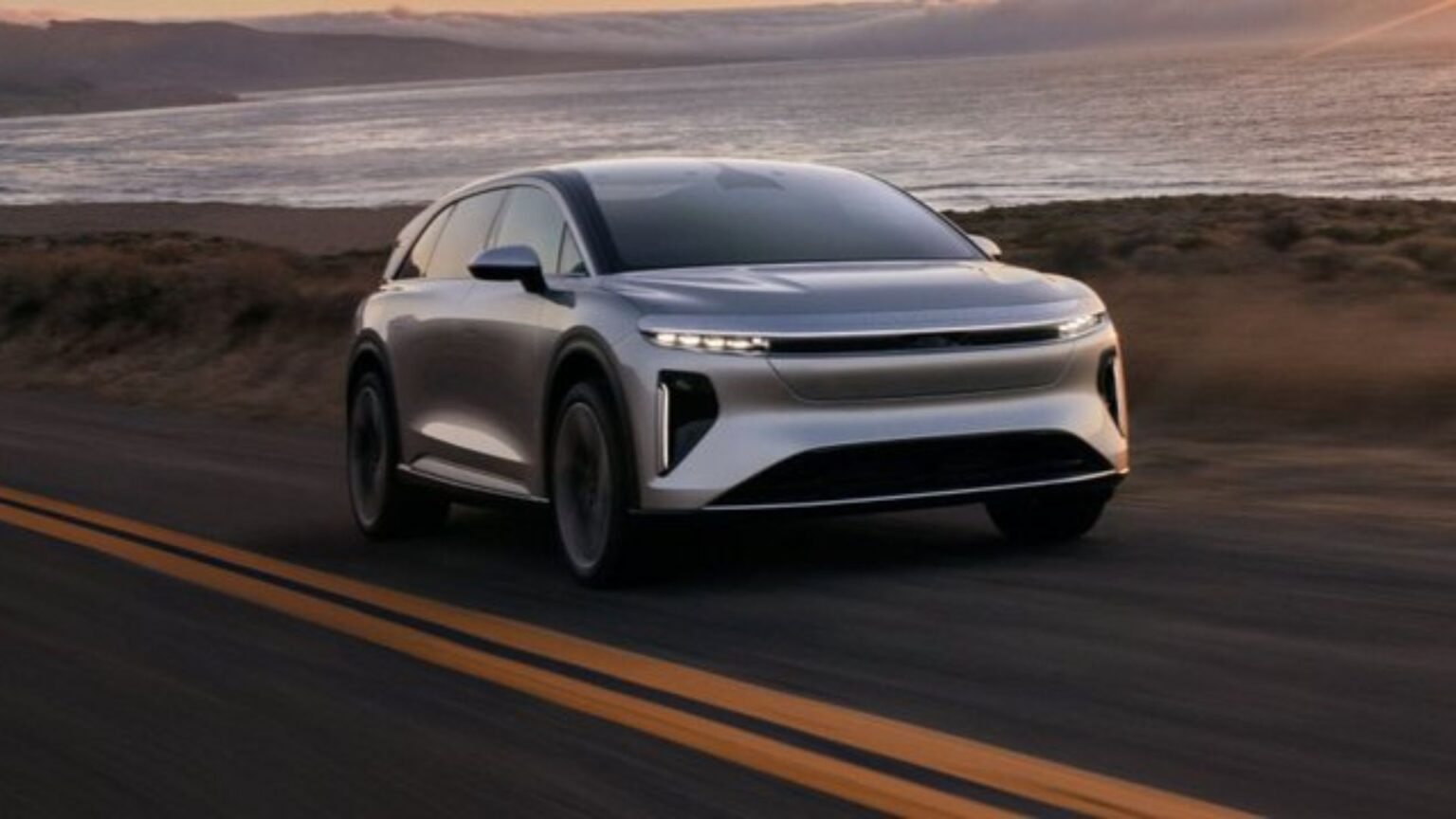When I drove the Lucid Air, one of the car’s most irritating faults was the absence of Android Auto. And when I asked my local Lucid representative why that was, I was met with a vague response that it was coming, without an exact date. There was also no clear explanation as to why the not-so-cheap car I was driving was equipped with Apple CarPlay, but not Google’s equivalent.
Well, I just finally got answers to my questions during the 2025 Lucid Gravity drive event going on right now in Santa Barbara. I’ll be back here soon with the Gravity’s full review, but what’s important to underline about the lack of Android Auto is that most of the problem has to do with Google’s notoriously long certification program.
Android Auto Is Coming To Lucid In September 2025
I had a chance to speak with Jean-Philippe (JP) Gauthier, vice-president of Lucid’s digital experience on the matter and, trust me, he and his team are just as annoyed as us by the lack of Android Auto in his cars.
First thing’s first, he assured that the Lucid Gravity should receive an update to integrate it sometime in September of this year. However, for Air, it’s still unclear when the projection service will be integrated, but Gauthier would like to see it arrive around the same time.
- Google takes a long time to certify Android Auto.
- Lucid submitted the Gravity’s platform for certification.
- The automaker estimates that Android Auto will arrive around September 2025.
So, what’s taking so much time? JP explained that Google has a very strict certification policy that, normally, takes at least six months to approve an automaker’s digital platform. He says that Lucid has already submitted its platform, but because it’s new, it could take more time than usual. There’s also a constant back and forth with Google in order to agree to their terms, but also so that Google agrees to Lucid’s. Gauthier preferred not to go further into those details, for obvious industrial secrets. Sadly, it’s a long process for now, but JP is confident that as Lucid grows and integrates more new models into its lineup, that these delays will shorten over time.
Carmakers Need To Make Important Choices About Projection Apps
Gauthier added that during the development of the Gravity’s infotainment system, the company had to make an important choice about whether it wanted to go forth with a native interface, like what Tesla and GM currently offer, or keep offering the owner projection abilities through apps like Apple CarPlay and Android Auto. For now, the Gravity is equipped with the possibility of adding the latter.
But JP also admitted that he would like to see a world where the industry would offer both. In his view, projection apps simply help the car’s infotainment system age better, although he does admit that over-the-air (OTA) updates have the ability to change this.
Should we rely on third-party companies like Apple and Google, or should we take control of that environment ourselves? That’s the main question automakers ask themselves when developing a new car. GM chose a native system, but it came with a significant amount of backlash. The General is also integrating free connectivity and OnStar in its vehicles for the first few years of ownership to help mitigate obvious resistance from buyers. So if you own a Lucid Air and an Android phone, you’ll need to wait a little while still, but it is coming.
Read the full article here


